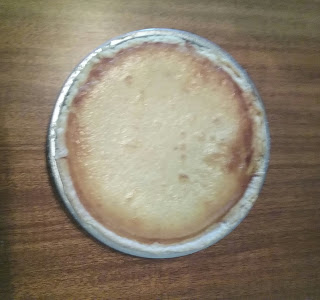The Dress Detective by Ingrid Mida and Alexandra Kim.
The Dress Detective, as subtitled, is "a practical guide to object-based research in fashion". After a short introduction to material culture research applied to garments (with descriptions of six important researchers in the field, including the great Janet Arnold), the book goes on to explain a method for investigating garment artifacts. The bulk of the work is a series of case studies which walk through this process with seven original garments from the 19th through 21st century. The appendix has a series of worksheets to prompt one's own research.
The method consists of three phases: observation, reflection and interpretation. The first is very straightforward: the reader is are prompted to consider what material a study garment is made of, how it has been constructed, if it is labelled, how it has been worn or altered, and what information is already known about the garment. The reflection portion deals with the reader/researcher's personal responses to the garment, as well as prompting one to consider the context in which it was made and used. The interpretation section is highly individualized, as it is about relating the content of the first two phases to the unique research question being addressed.
I think this book offers an interesting way of organizing observations/research into original garments. Someone with extensive experience analyzing garments may enjoy this book, but is unlikely to find it new and informative. On the other hand, I think it that it will be very useful to people who are just starting to look at original garments or who want help organizing their thoughts and approach. The case studies include lovely detail shots of the garments being investigated. While they do an excellent job of illustrating concepts, the the content is too diffuse for this book to stand out as a visual resource.
Stars: 4.5
Difficulty: Amateur costume researchers and beginning material culture students are most likely to benefit from this book.
Accuracy: Highest. Original garments, and guidance for primary source research.
Strongest Impression: It's a nicely thorough material culture research guide. The pictures are deliciously detailed, but the more useful for suggesting details to look for that in providing them.






